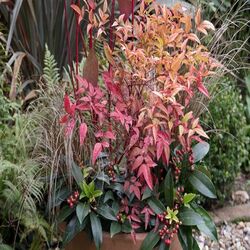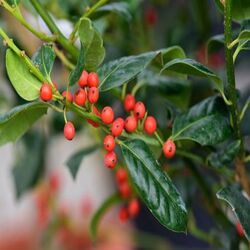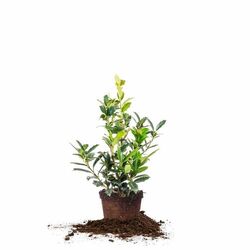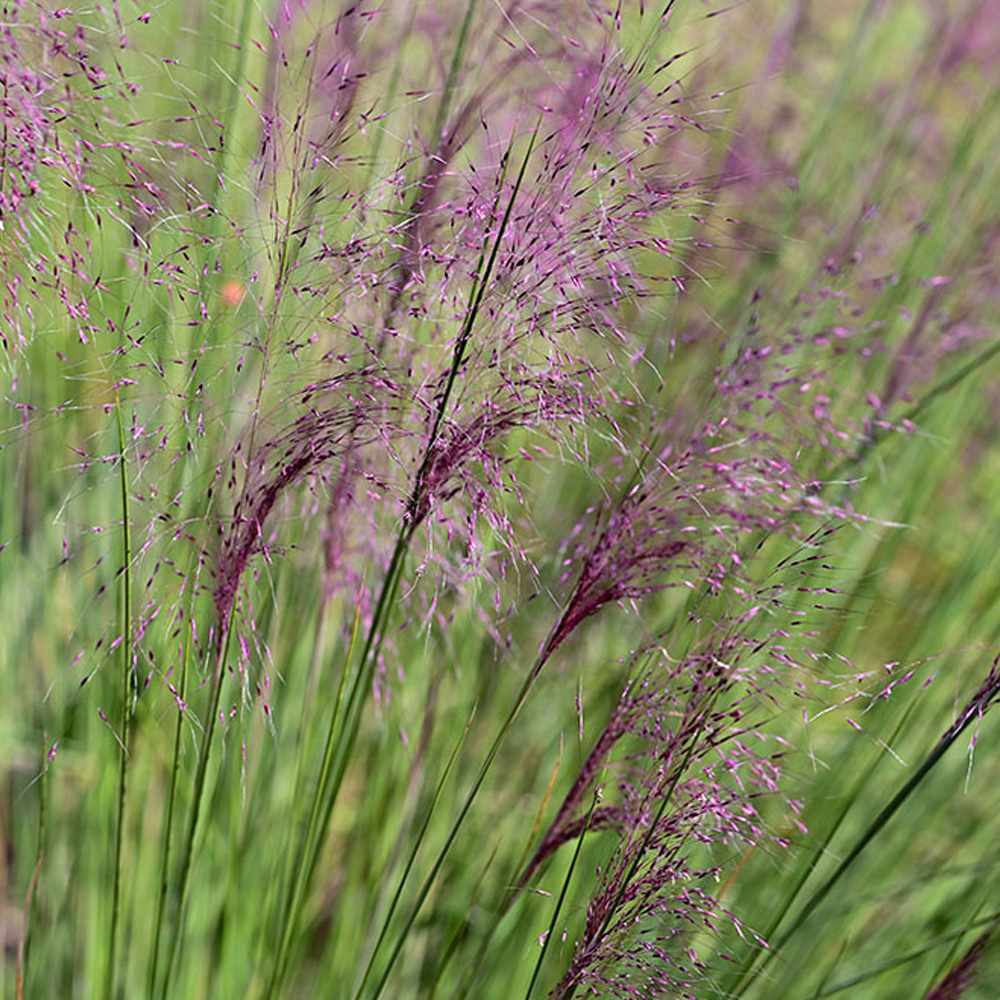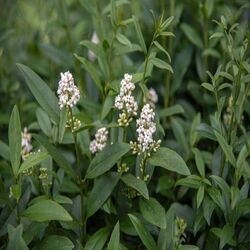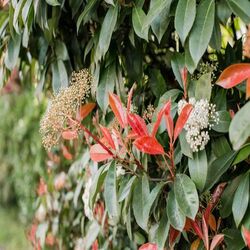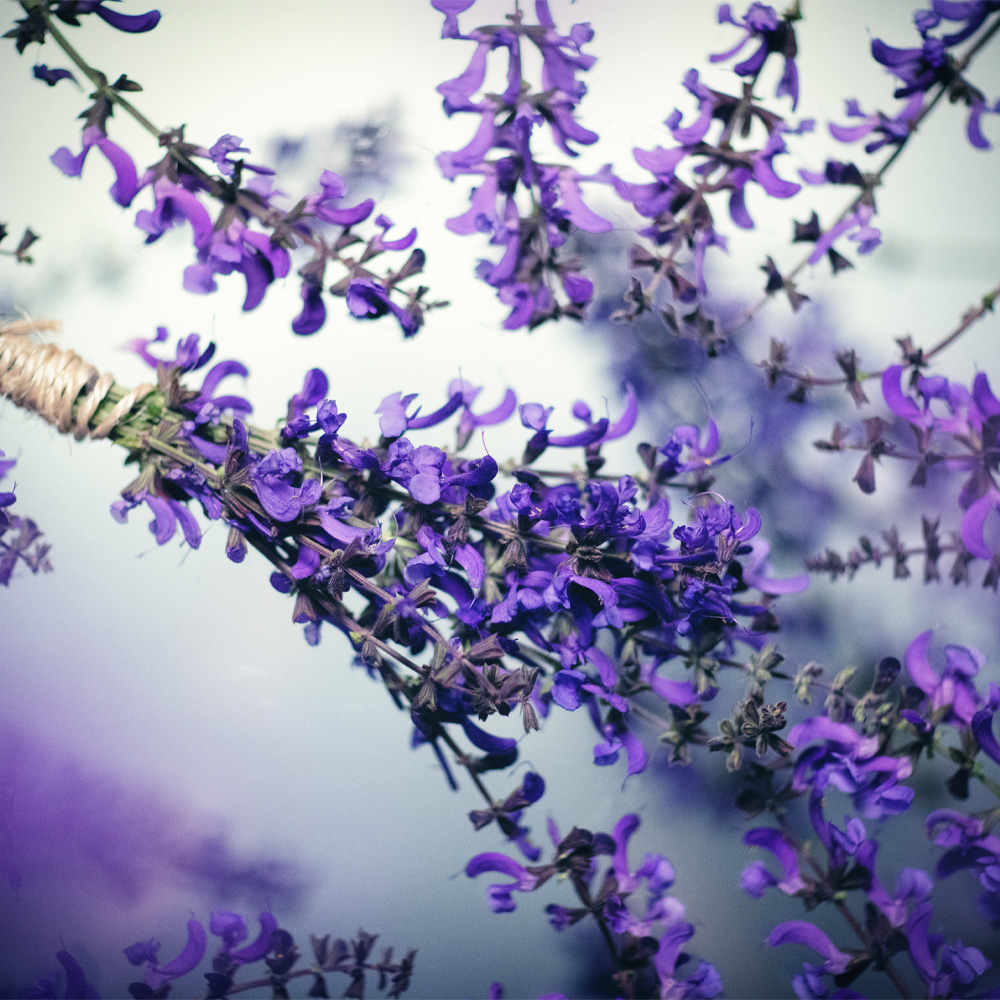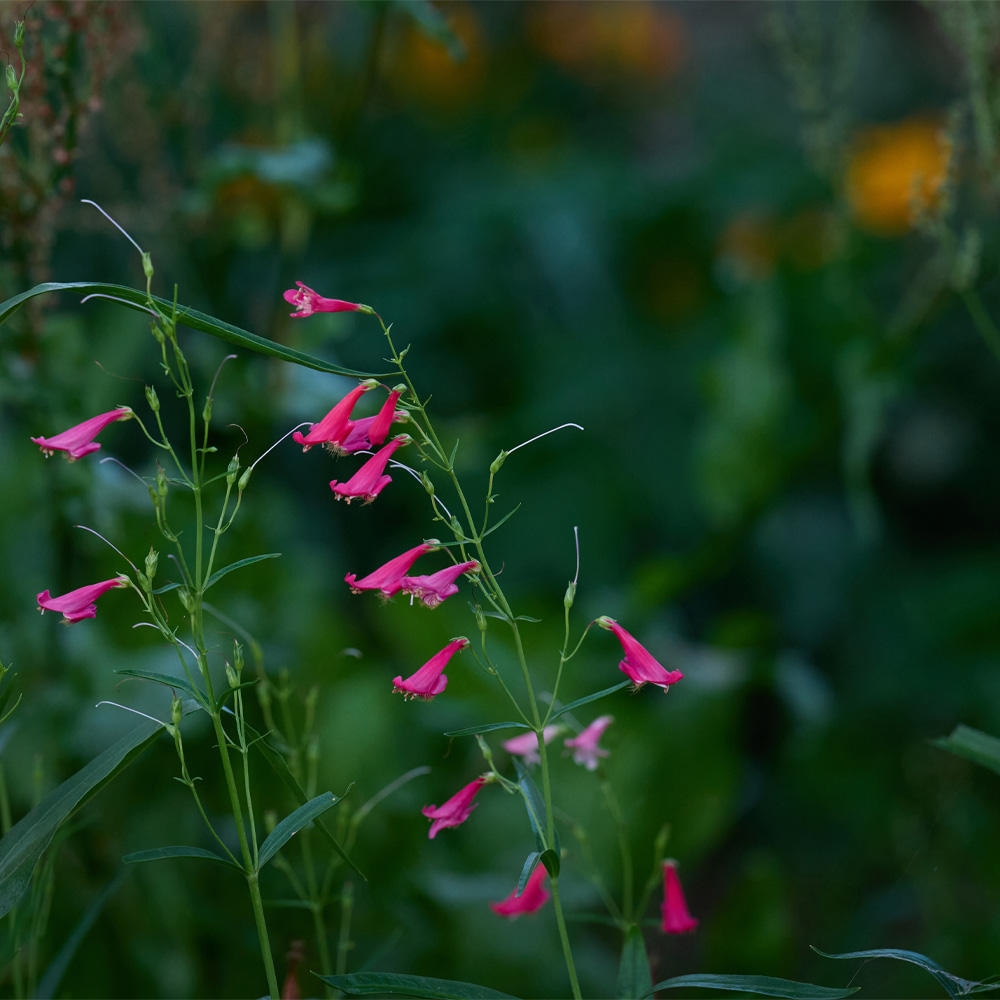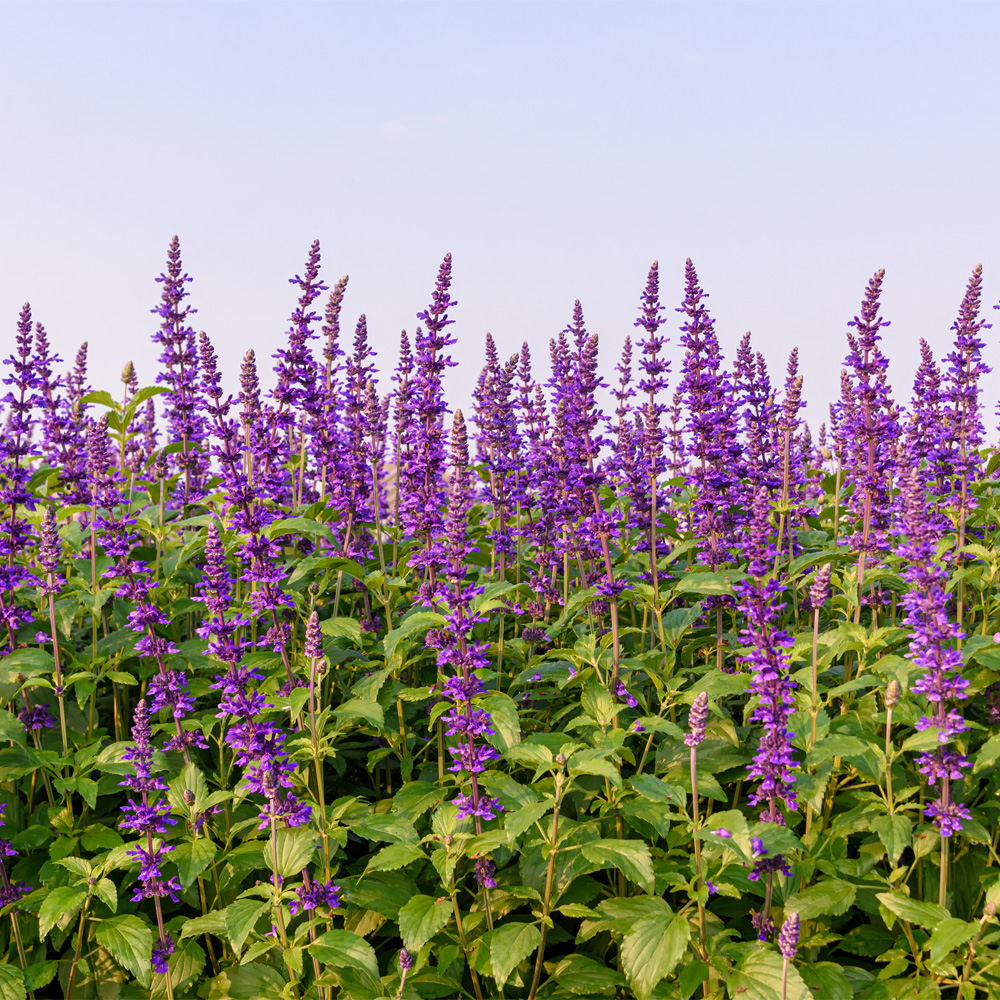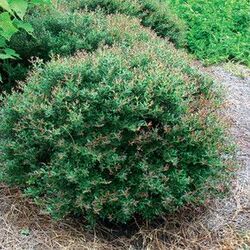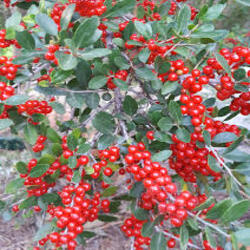Knockout Roses Red
$9.50Description
History & Origin
Care Instructions
Other Details
Description: Red Knockout Rose (Rosa 'Radrazz') is a hardy, disease-resistant shrub rose known for its deep red, continuous blooms from spring to frost. It has a bushy growth habit and is self-cleaning, requiring minimal maintenance.
History & Origin: Developed by William Radler, the Knockout Rose series transformed rose gardening with its exceptional disease resistance and nonstop blooming. Introduced in 2000, the Red Knockout Rose is one of the most popular landscape roses worldwide.
Care Instructions:
Sunlight: Full sun (at least 6 hours daily).
Soil: Well-draining, fertile soil.
Watering: Moderate watering; allow soil to dry slightly between waterings.
Fertilization: Apply rose fertilizer in early spring and mid-summer.
Pruning: Prune in early spring to shape and remove dead wood.
Pests/Diseases: Highly resistant to common rose diseases.
Other Details:
USDA Zones: 5-10
Temperature: Hardy to -20°F
Humidity: Adaptable to various humidity levels.
Mature Size: 3-4 feet tall, 3-4 feet wide.
Growth Rate: Fast.
Uses: Hedges, mass plantings, borders, containers.


